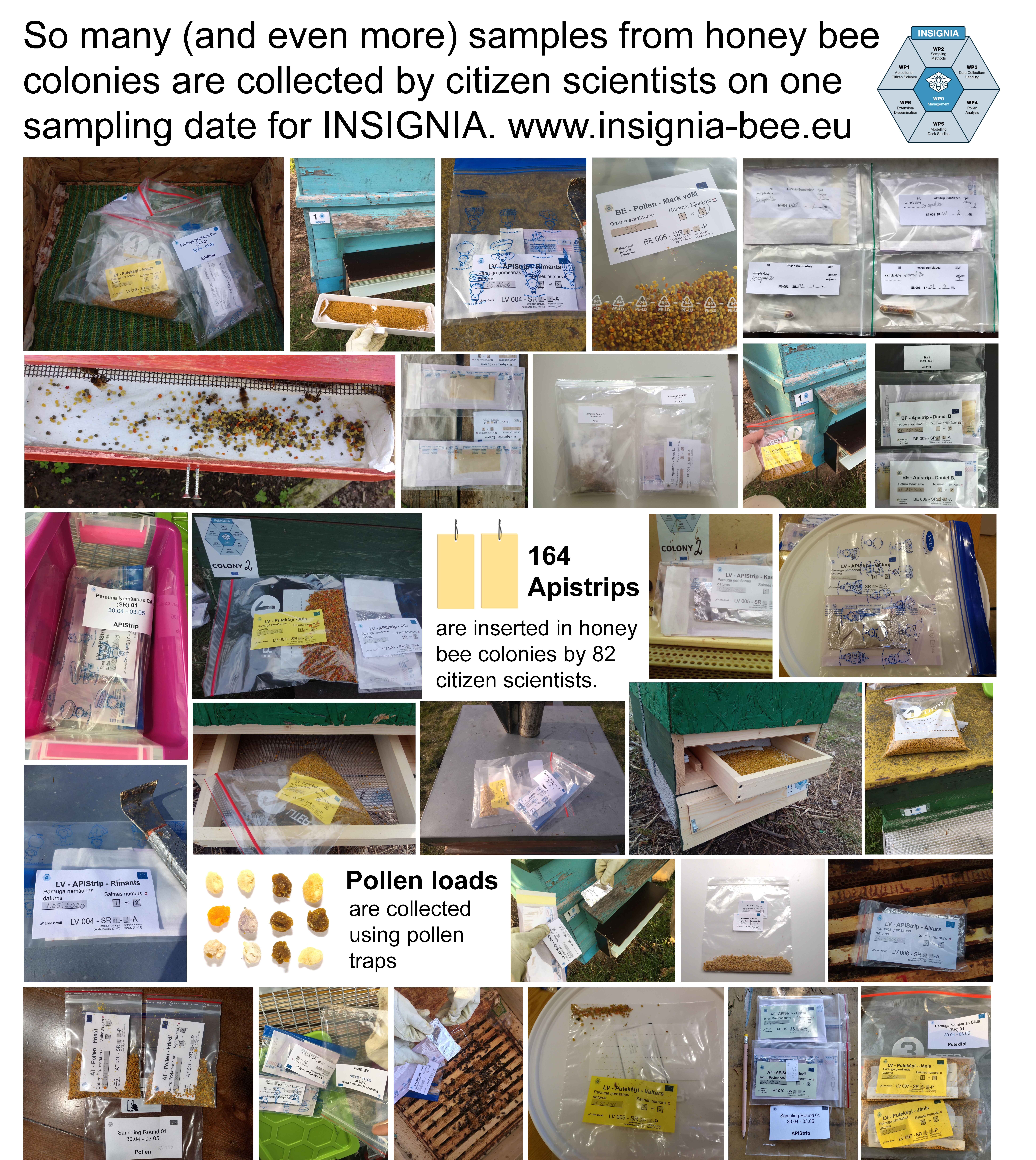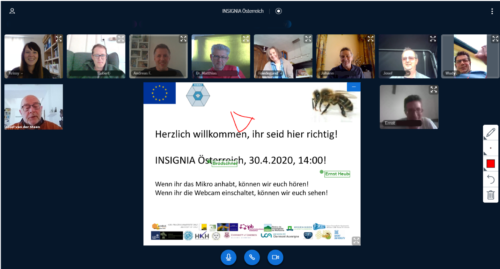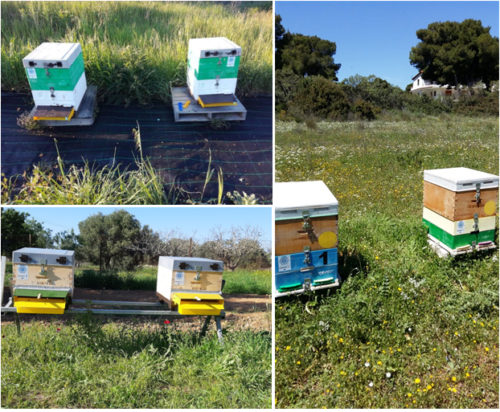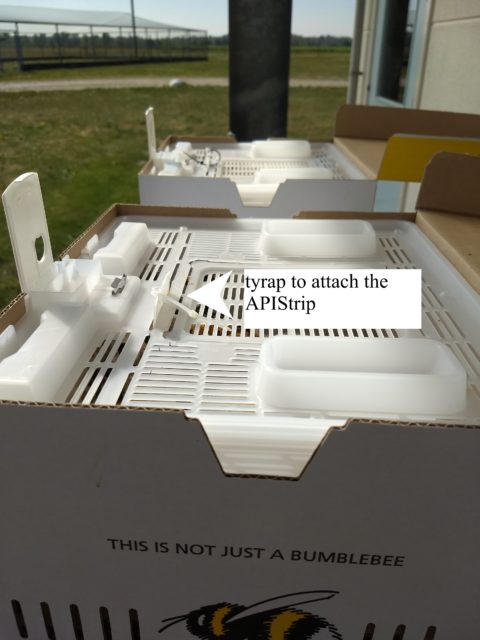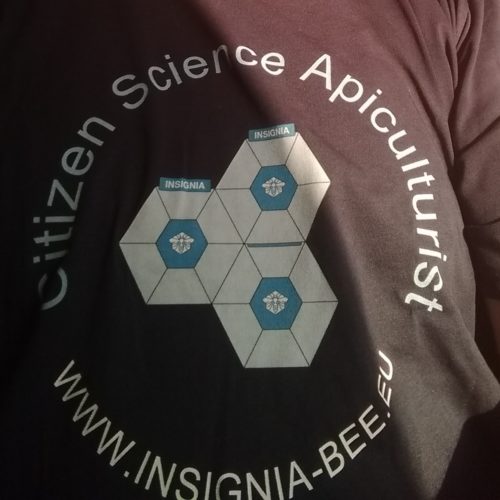
In my virtual meetings with the beekeeper citizen scientists, I am asked sometimes: “what is in it for me?” A fair question. Let me explain what is in it for you… You will sample pollen and APIStrips from two colonies on ten occasions. Pollen and APIStrips will be analyzed at the apiary level; pollen for botanical identity and the APIStrips for pesticide residues in the hive. These results will be shared with you and will give you the information about what plants your bees have collected pollen from, and what pesticides your bees have brought along with the pollen and nectar. The latter is qualitative, meaning yes/ no pesticide present in the APIStrip. We detect different amounts but what this means for the actual exposure of your bees in the hive can’t be told with these data. This requires another study set-up which hopefully can be done in the future. Now the reward in monetary terms. Each APIStrip with its analysis costs about €200 each, and each pollen analysis also costs about €200. So together this is €400, with transport, administration, quality control, statistics and reports not included. A very cautious estimate of the costs per beekeeper for Insignia will be 10 sampling x € 400 plus extra costs = €4,500. 60% of this is paid by the European Union = € 2,700, the remainder €1,800 is paid by your national coordinator’s institute and you will have this information about your bees for free. Continue reading “Dear participant of the Insignia study 2020”

